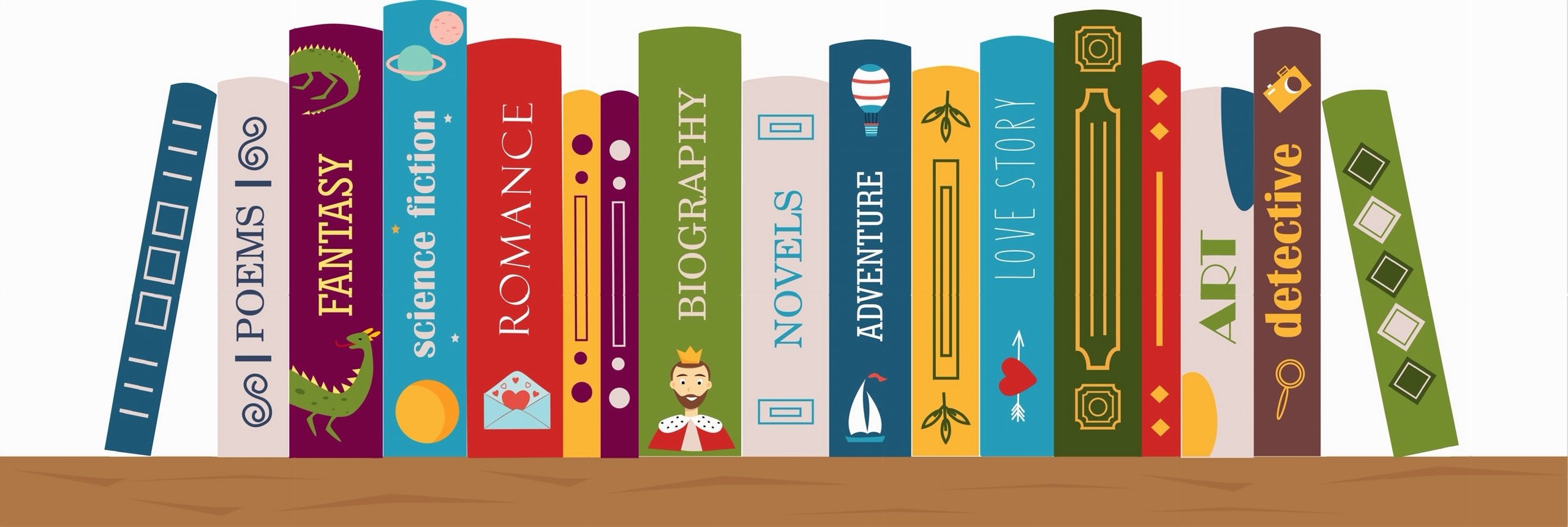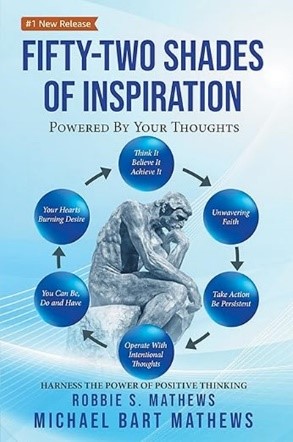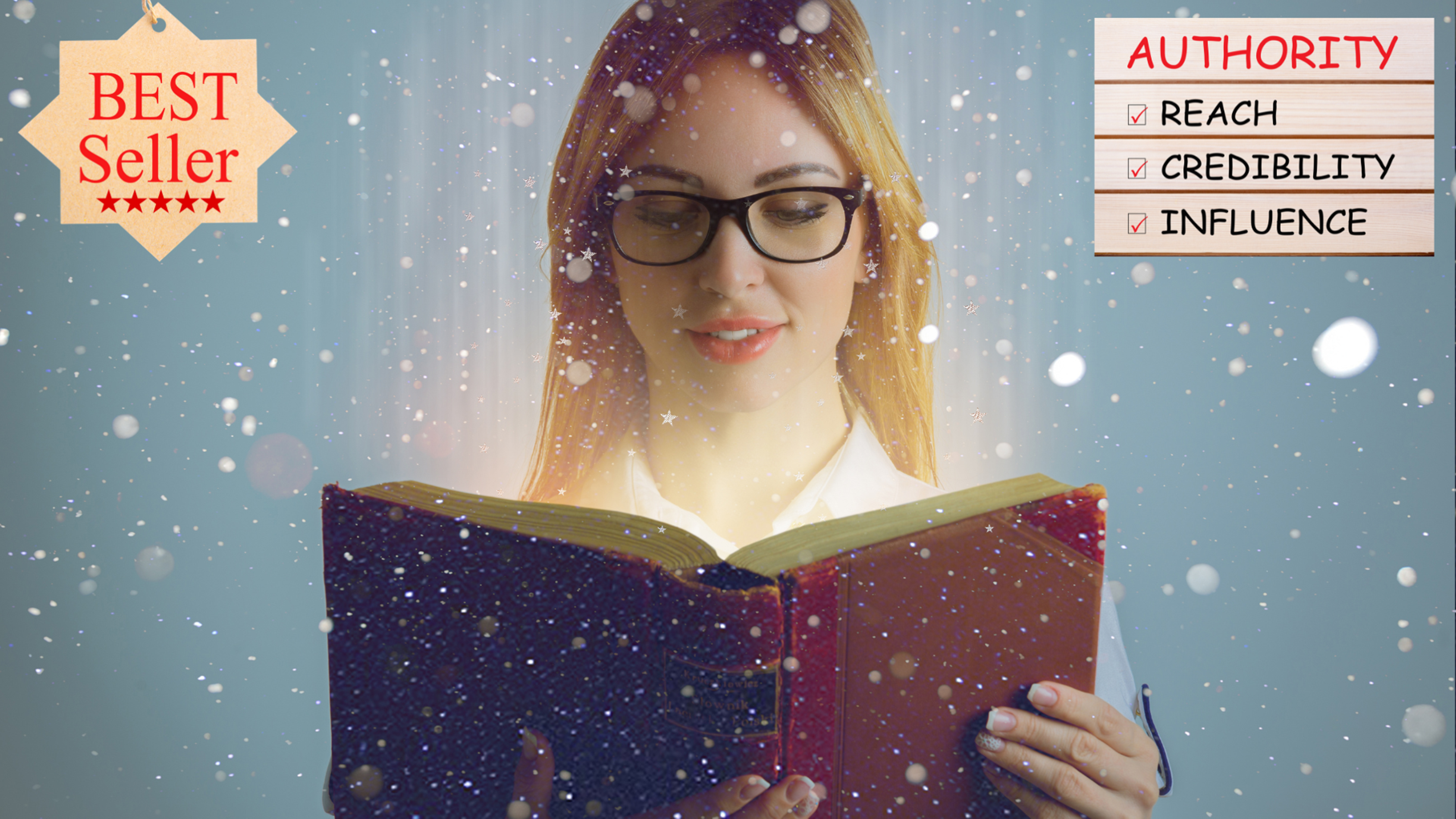
Choosing the right genre is a pivotal step for any aspiring author, as it not only shapes your writing style but also influences how your work is received by readers. With countless genres and sub-genres to explore, understanding the conventions and appeal of each can help you find your niche. In this post, we’ll delve into various literary genres, providing insights to guide you in selecting the one that aligns with your interests and strengths.
You can explore various literary genres, their conventions, and what makes them appealing to different audiences. Choosing a genre that aligns with your interests and strengths can be encouraging as you experiment while finding your niche.
Genres in writing known for their popularity and wide readership are:
1. Fiction:
is a broad literary category that includes various sub-genres, each with its unique characteristics and appeal, for example:
- Literary Fiction: This sub-genre is often characterized by its focus on style, character, and theme over plot. Literary fiction tends to explore complex human experiences and emotions, often with a deep, introspective narrative. It is known for its artistic merit and is frequently the subject of literary awards.
- Historical Fiction: This sub-genre involves stories set in a specific historical period. Authors of historical fiction meticulously research the era they are writing about to ensure accuracy in the depiction of events, settings, and characters. The goal is to transport readers to a different time and place, providing a sense of immersion in the past.
- General Fiction: This is a catch-all category for fiction that doesn’t fit neatly into other sub-genres. General fiction can encompass a wide range of stories, from contemporary life dramas to more light-hearted tales. The primary focus is on imaginative storytelling and character development, making it accessible to a broad audience.
These sub-genres within fiction offers unique opportunities for writers to explore different themes, settings, and character dynamics, allowing for a rich and diverse literary landscape. Whether you’re drawn to the introspective nature of literary fiction, the immersive worlds of historical fiction, or the broad appeal of general fiction, there’s something for every reader and writer within the fiction genre.
2. Mystery/Thriller:
This genre is designed to captivate readers with suspenseful and often fast-paced plots. The central element is usually a crime, puzzle, or enigma that needs to be solved. The protagonist, often a detective or an amateur sleuth, follows clues and unravels secrets to uncover the truth. The narrative is filled with twists and turns, keeping readers on the edge of their seats and guessing until the very end. The tension and anticipation are key components, making this genre a favorite for those who enjoy intellectual challenges and adrenaline-pumping stories.
3. Fantasy:
Fantasy is a genre that transports readers to magical realms and fantastical worlds. It is characterized by the presence of magical elements, mythical creatures, and imaginative settings that defy the laws of reality. Writers in this genre have the freedom to create entirely new worlds with their own rules and logic. Themes of heroism, adventure, and conflict are prevalent, often involving epic battles between good and evil. Fantasy allows for limitless creativity, enabling authors to explore complex themes and moral questions through the lens of the extraordinary and the supernatural.
4. Romance:
This genre is centered around love and relationships, often focusing on the emotional journey of the characters. Romance novels typically include emotional highs and lows, character development, and a satisfying resolution. The genre appeals to a broad audience and includes various sub-genres, such as:
- Contemporary Romance: Set in the present day, these stories reflect modern relationships and societal norms. They often explore themes like career, family, and personal growth alongside the romantic plot.
- Historical Romance: Set in a specific historical period, these novels combine romance with historical accuracy. They transport readers to different eras, providing a sense of nostalgia and immersion in the past.
- Paranormal Romance: This sub-genre blends romance with supernatural elements, such as vampires, werewolves, and other mythical creatures. It allows for imaginative storytelling and explores themes of love that transcend the ordinary.
5. Science Fiction:
This genre explores futuristic concepts, advanced technology, and speculative societal ideas. Science fiction often raises philosophical questions and challenges readers’ perceptions of reality. Key elements of this genre include:
- Futuristic Concepts: Stories set in the future, often featuring advanced technology, space exploration, and new societal structures. These narratives speculate on the potential directions humanity might take.
- Advanced Technology: The genre frequently explores the impact of technological advancements on individuals and society. This can include artificial intelligence, robotics, and biotechnology.
- Speculative Societal Ideas: Science fiction often delves into speculative ideas about society, politics, and culture. It can serve as a commentary on current issues by projecting them into a future context.
6. Horror:
is a genre that aims to evoke fear, suspense, and a sense of dread in its readers. It explores the darker aspects of human nature and often delves into themes that are unsettling and disturbing. Here are some key elements and sub-genres within horror:
- Psychological Horror: This sub-genre focuses on the mental and emotional states of characters, often blurring the lines between reality and imagination. It creates a sense of unease by exploring the inner workings of the mind and the fears that reside there.
- Supernatural Horror: This sub-genre involves elements that are beyond the natural world, such as ghosts, demons, and other supernatural entities. It often relies on the unknown and the inexplicable to create fear.
- Gothic Horror: Characterized by its dark, atmospheric settings and themes of decay and madness, gothic horror often includes haunted houses, castles, and other eerie locations. It combines elements of romance and horror to create a sense of melancholy and terror.
- Body Horror: This sub-genre focuses on the grotesque and the visceral, often involving physical transformation, mutilation, and the invasion of the human body. It aims to elicit a strong, visceral reaction from the reader.
- Survival Horror: This sub-genre places characters in life-threatening situations where they must fight to survive against overwhelming odds. It often involves elements of isolation, desperation, and the struggle for survival.
Authors like Stephen King have mastered the horror genre by creating tension and unsettling atmospheres that keep readers on the edge of their seats. If you’re drawn to exploring the darker aspects of human nature and enjoy crafting stories that evoke fear and suspense, horror could be an exciting avenue for your writing.
7. Erotica:
Is a mature adult-only, pleasure-seeking writing/reading tribe or community. Erotica is a term for literary or artistic works that are intended to arouse sexual feelings, wants, needs, or desires that paint a mental picture in the minds of captivated, loyal readers/followers. Most stories are usually works of fiction that can describe sexually explicit creative scenes that depict real, lifelike human sexuality.
Erotica is different from pornography. WeCreateBooks Publishing does not support, write about, or publish pornography). Erotica is more like a suggestive, fantasy style intended to pique the reader’s sexual interest and desires into the imagination of the reader’s thoughts and mind.
BONUS SECTION – Creating Your Protagonist and Antagonist: Creating Tension and Conflict in Your Story
Creating compelling characters for your book involves developing both protagonists and antagonists to drive the narrative forward. The protagonist is the leading character in your story, often portrayed as the hero, the good guy/gal or the main figure the audience roots for. This character’s journey, growth, and challenges form the core of the story.
On the other hand, the antagonist opposes the protagonist, creating conflict and tension. This character can be a person, a group, or even an abstract force that stands in the way of the protagonist’s goals.
Tension and conflict are essential for engaging readers. The hero and the villain explore different types of conflict, including internal vs. external struggles, and how to escalate tension throughout a story. Providing examples of effective conflict in literature can help writers understand its role in sustaining reader interest.
Four High Profile Examples: of the protagonist and antagonist:
- Star Wars protagonist/Luke Skywalker (good guy) wants to bring balance to the force. The antagonist, Darth Vader (bad guy) wants Luke to turn to the dark side.
- Superman is the protagonist (good guy), and Lex Luthor is the antagonist (bad guy).
- Batman is the protagonist (good guy), and The Joker is the antagonist (bad guy).
- James Bond is the protagonist (good guy), and Goldfinger, Dr. No (bad guys) are the antagonists.
- Silence of the Lambs protagonist (good gal) is Clarice Starling, and Hannibal Lector (bad guy) is the antagonist.
Effective storytelling hinges on the dynamic interplay between these characters, exploring various types of conflict, including internal struggles within the protagonist and external battles against the antagonist. By crafting well-rounded and relatable characters, writers can engage readers and sustain their interest throughout the story.
Conclusion
In Conclusion, ultimately, the journey of finding your genre and characters is an exploration of your creative identity. Embrace the diversity of literary possibilities and allow your unique voice to shine through. By understanding different genres, character types, and experimenting with your writing, you’ll be better equipped to craft stories that resonate with both you and your readers. Remember, the right story is out there waiting for you to tell—happy writing!
#1 New Book Release:
We encourage you to make a small investment in yourself by purchasing our #1 New Book Release, Fifty-Two Shades of Inspiration: Powered By Your Thoughts.” Inside the pages of this book, Dr. Michael Bart and Robbie Mathews wrote Fifty-Two poems that you can use during your self-development, self-help, and self-actualization journey of becoming a successful Speaker.





